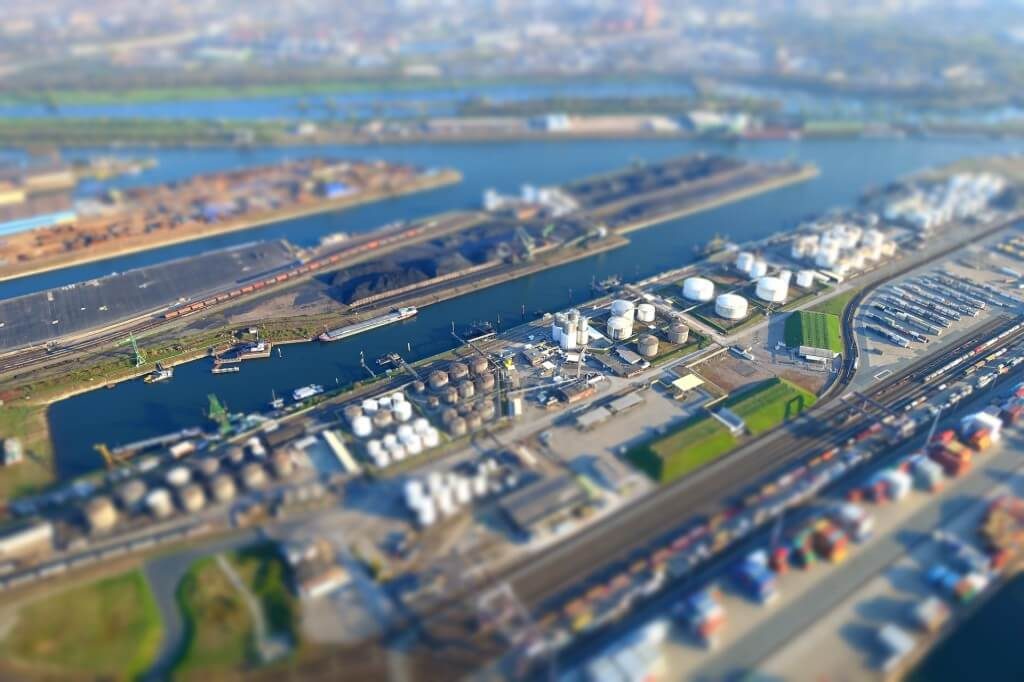Building Information Modelling or BIM is a rage when it comes to the construction industry. However, over the last couple of years, it has branched out into other distinguishing sectors – especially the water industry.
It is now being used to help deliver big scale water projects more competently, reasonably and more speedily.
BIM is redefining the way water industry works, and it can clearly be understood as a whole-sector program to shed light on the meaning of BIM in the water industry has been shortlisted for a Utility Week Star Award for collaboration.
Every water and sewerage company (WaSC) namely in England, Wales, Scotland and Northern Ireland have joined trade alliance British Water and BIM4Water, a specialist volunteer group, to set a water industry framework for building information modelling (BIM).
Role of BIM in water industry
In the water industry, BIM benefit can be seen in the form of Asset Lifecycle Management that calls for the operations stage now termed as ALIM (Asset Lifecycle Information Management) to include the digital transition. This allows for the BIM model to be employed in large scale schemes as well as the entire industry. BIM leads to cost and carbon savings, which allows more water firms to execute their own BIM regulations.
One such company that got highly benefited by implementing BIM is the Anglian Water’s delivery partner for the AMP 4 and AMP 5 programmes. They carried out a 15,000 population wastewater treatment plant in Cambridge for approximately £11M which was delivered for 20% less cost and 45% less carbon.
Along with ensuring that the operations phase is executed efficiently, BIM also contributes in other areas of focus for the water industry inclusive of health & safety and customer.
In terms of health and safety, BIM allows relying on the data which results in a safer working environment. Digital models can be used to suggest maintenance activities.
For customer, BIM brings in greater flexibility and risk management to model as well as respond to planned and unplanned events. The digital information facilitates new ways of keeping the customers clued-up of designed and impromptu events. Well-organized asset formation and operations enabled by digital techniques add to controlling customer bills.
As businesses in the water industry continue taking the lead on BIM and collaborative approach, they will surely have a benefit in other markets.
